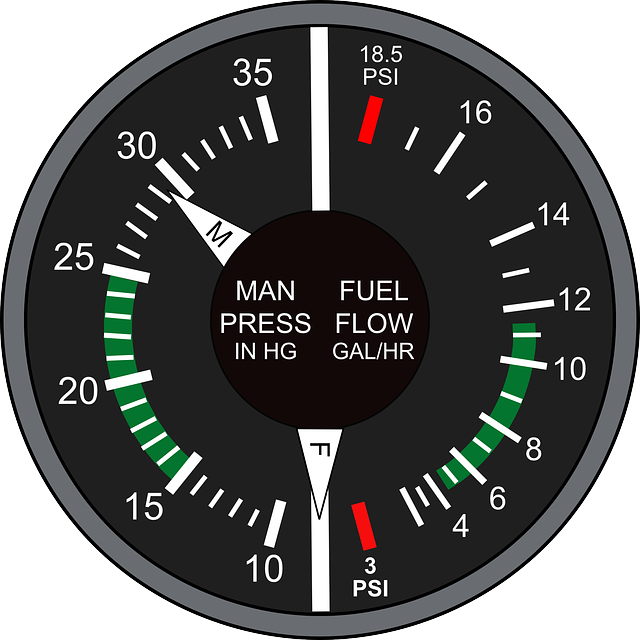External factors like low water pressure and plumbing leaks can disrupt home plumbing systems. Low pressure may be due to faulty regulators or blocked pipes from sediment, while leaks waste water and cause damage. DIY solutions include cleaning faucet aerators, but complex issues require professional attention. Installing a booster pump and regular maintenance prevent further problems.
When you’re facing issues like low water pressure, plumbing leaks, or inconsistent flow from your faucets, it can be frustrating. Before reaching for your phone to call a utility provider, there are several steps you can take to diagnose and potentially fix these problems yourself. From checking for simple issues like loose connections to understanding the role of pressure regulators and faucet aerators in boosting water pressure, this guide will equip you with knowledge. Learn when it’s time to call the pros for complex problems like severe plumbing leaks or sediment buildup that affect your booster pump’s performance.
- Understanding External Issues: Common Problems and Their Impact
- Diagnosing Low Water Pressure: Steps Before Contacting a Provider
- Plumbing Leaks: When to Call for Professional Assistance
- Pressure Regulators: A Solution for Consistent Water Pressure
- Fixing Sediment Buildup and Boosting Pump Performance
Understanding External Issues: Common Problems and Their Impact

External issues can significantly impact your home’s plumbing system, affecting everything from water pressure to fixture functionality. Common problems include low water pressure, which could be caused by a faulty pressure regulator or blocked pipes due to sediment buildup. Plumbing leaks, whether coming from pipes, fixtures, or appliances, not only waste water but also have the potential to damage property and foster mold growth if left unchecked.
Another external factor is inadequate water supply, which might require the installation of a booster pump to ensure sufficient pressure for daily activities like showering, washing dishes, and laundry. Faucet aerators, while seemingly minor, can also play a role by reducing water flow without compromising pressure, helping to conserve water without sacrificing performance.
Diagnosing Low Water Pressure: Steps Before Contacting a Provider

Low water pressure can be frustrating and may indicate a number of issues, from simple problems like faucet aerators or mineral deposits to more complex scenarios such as plumbing leaks or faulty pressure regulators. Before contacting your utility provider, there are several diagnostic steps you can take to narrow down the cause.
Start by checking for any obvious signs of water loss, such as running faucets or leaking pipes. Next, inspect your pressure regulator to ensure it’s functioning correctly. If the pressure is consistently low, it could be due to sediment buildup in the pipes or a need for a booster pump. In some cases, replacing faucet aerators can significantly improve water pressure by reducing air accumulation in the water lines.
Plumbing Leaks: When to Call for Professional Assistance

Plumbing leaks can be a nuisance and, in some cases, a serious issue that requires professional attention. If you notice a sudden drop in water pressure throughout your home or specific fixtures, it could indicate an underlying problem. Low water pressure may be caused by various factors, such as sediment buildup in pipes, faulty faucet aerators, or even issues with the pressure regulator. In such scenarios, attempting DIY solutions might provide temporary relief but often doesn’t address the root cause effectively.
For persistent or widespread plumbing leaks, it’s advisable to contact a professional utility provider. They have the tools and expertise to diagnose complex issues, including identifying problems with booster pumps if your home has one. Prompt action is crucial to prevent further damage and unnecessary expenses. Regular maintenance checks can help catch minor issues early on, but when faced with significant water pressure drops or unusual leaks, seeking expert assistance is key to restoring your plumbing system’s efficiency.
Pressure Regulators: A Solution for Consistent Water Pressure

Many homes and businesses suffer from inconsistent or low water pressure, often due to issues like plumbing leaks, sediment buildup in pipes, or faulty faucet aerators. While temporary fixes like turning off the main water supply can help, addressing the root cause is crucial for sustained relief. One effective solution that’s often overlooked is the installation of a pressure regulator.
Pressure regulators act as a booster pump, maintaining consistent water pressure throughout your plumbing system. They detect fluctuations and automatically adjust to keep the flow steady, eliminating sudden drops in pressure that can be caused by varying water levels or distant fixtures. By addressing low water pressure issues, these devices not only improve everyday tasks like showering and cooking but also help to prolong the life of your plumbing, reducing the risk of further damage from increased water force.
Fixing Sediment Buildup and Boosting Pump Performance

Low water pressure and plumbing leaks can often be attributed to a common issue: sediment buildup. Over time, minerals and debris accumulate in pipes, reducing water flow and potentially damaging fixtures. One effective way to combat this is by installing or replacing faucet aerators, which not only improve water pressure but also reduce the risk of future sediment buildup.
For more severe cases, especially when dealing with older plumbing systems or those experiencing consistent low water pressure, a booster pump might be necessary. These pumps increase water pressure throughout the system, ensuring that every fixture receives the proper flow. Regular maintenance, including cleaning and replacing pressure regulators, can also help keep water pressure balanced and prevent issues related to sediment buildup.
